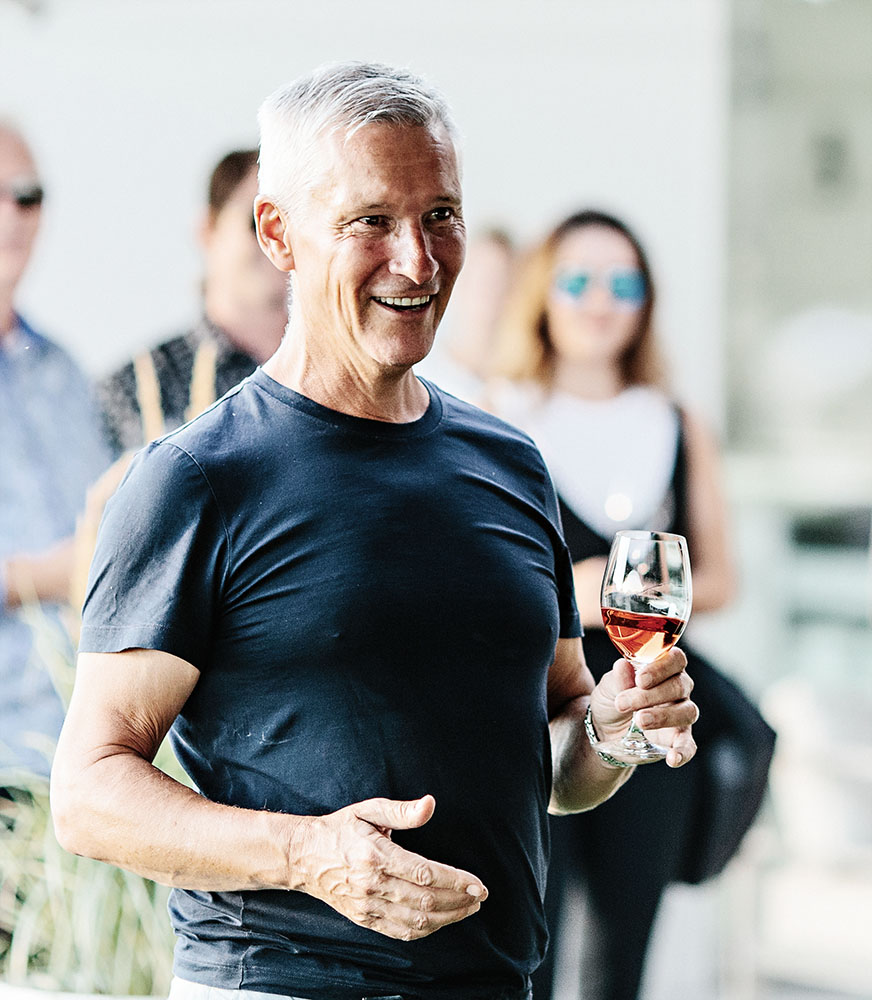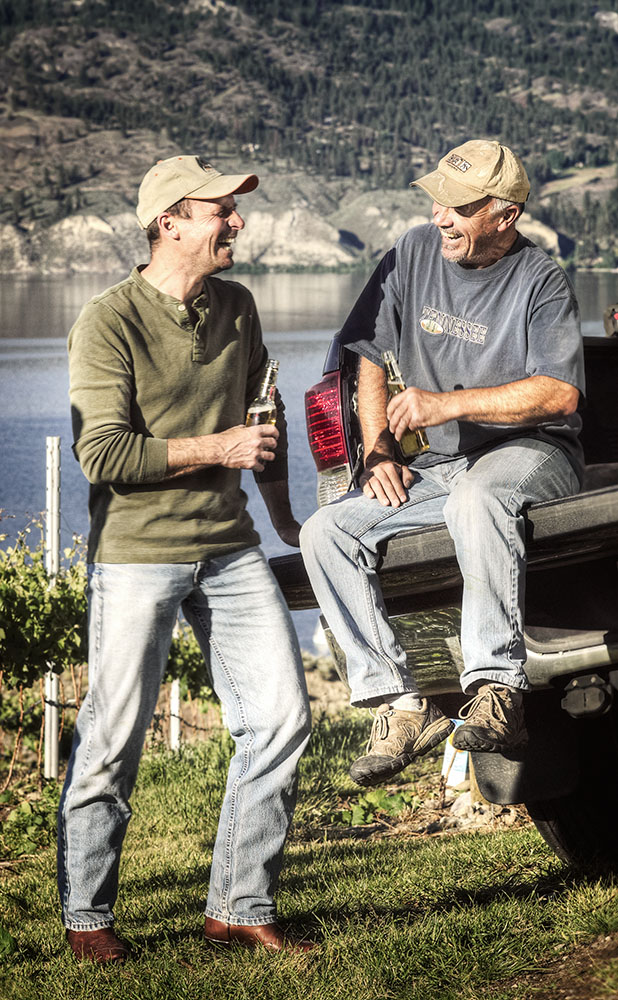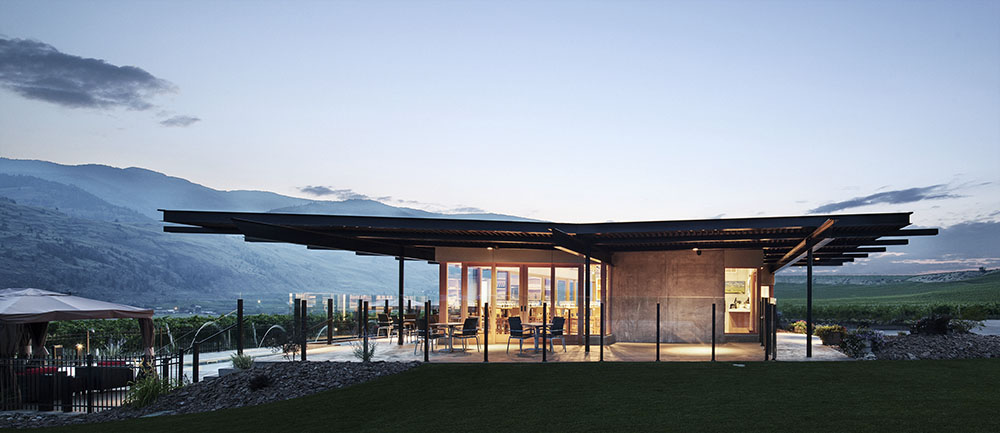When it comes to the story of how big reds came into their own in the South Okanagan, there’s nobody more central than veteran and now retired grape-growing guru Richard (Dick) Cleave.
If you’ve ever tasted a BC red that impressed you (or even one that came close), chances are that Cleave had a hand in it somewhere along the line.
In 1991, he was the first to plant Cabernet Sauvignon in the Okanagan Valley. At the time, it caused quite a stir but also motivated others, such as Harry McWatters, to plant larger parcels.
“The powers that be told us we’d go broke; that I should be planting Pinot Noir,” chuckles Cleave, who said he was pondering his future just after “the big pullout.”
“I went and saw my accountant … and he said “Grow grapes. You’re good at it …”
“So, that’s what I did, and I’m eternally grateful to him for it!”
Cleave planted his Phoenix Vineyard, now owned by Black Hills/Peller Estates. As it turned out, the Pinot actually didn’t do so well — but the Cabernet proved everyone wrong.
Cleave and his company, R & R Vineyard Management, went on to be the most respected consultants and managers in the Okanagan Valley, eventually planting some several thousand acres for major players ranging from Burrowing Owl to Sumac Ridge to Mission Hill, and many more.
When asked about what’s up with Cabernet Sauvignon, Cleave gets right to the point.
“I can tell you the number one problem is leafroll type 3. It’s a virus and all those original plantings have it badly.”
Cleave explains that most of the vines came from France and were propagated with wood from the French rootstock (SO4) in Ontario. He adds, “We did all those big plantings with those kinds of vines.”
The virus, he says, causes a mix of marginal or under-ripe fruit, even in a so-called good year. “The leaves turn a reddish-purple colour when they are in their prime sugar-producing phase and they’re absolutely useless because they don’t synthesize. You end up with half green seeds and basically green flavours,” says the veteran grower.
And there is no cure. “They have to be pulled out and replaced. It’s a lot of acreage. Everybody knows it, but it has to be done.” The good news is that the problem will be solved over the next few years, as the pull-out of infected vines and replanting [with more suitable vines] is already well under way, says Cleave.



